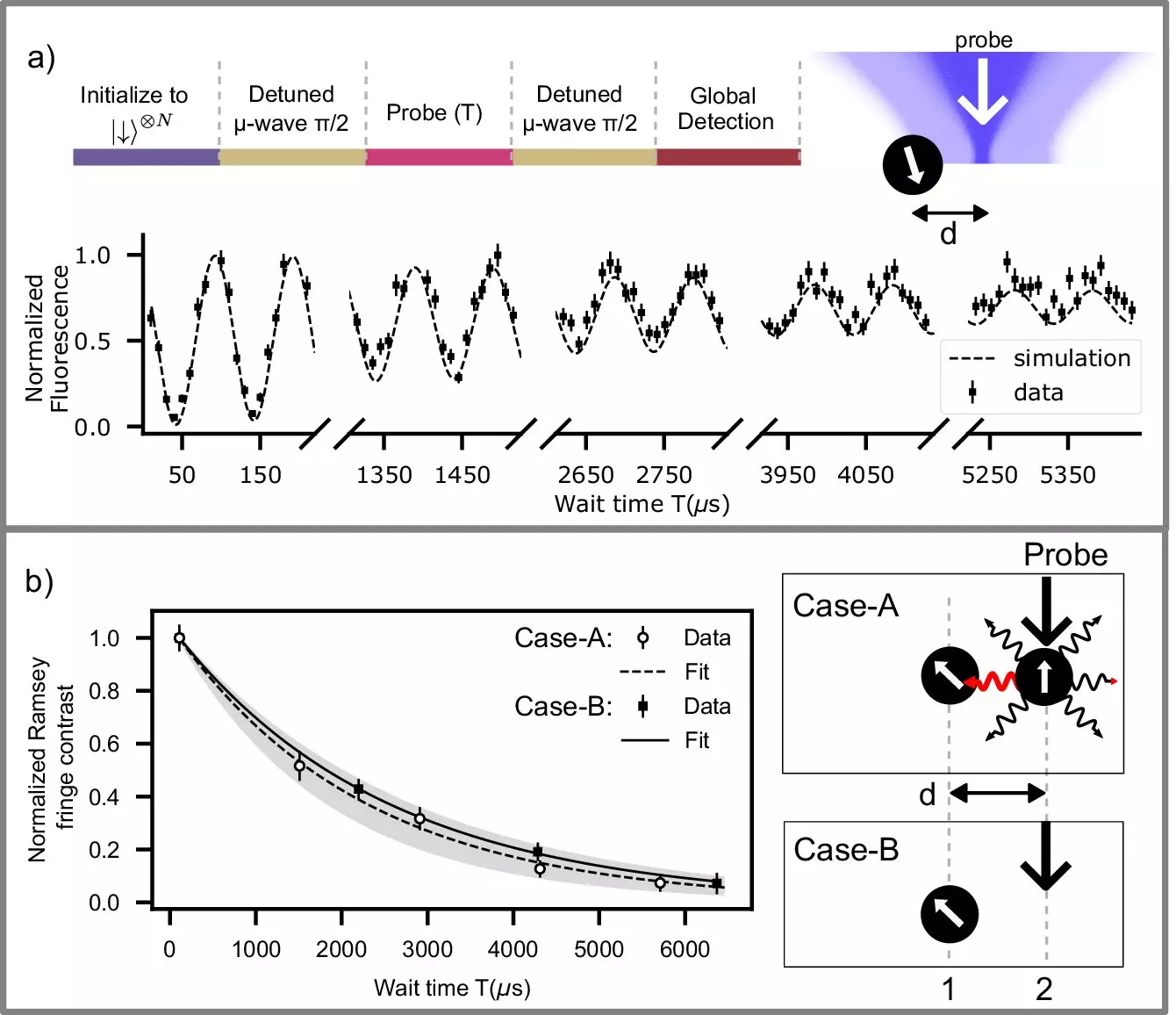Quantum information has emerged as a fundamental aspect of modern physics, paving the way for advancements like quantum computing and quantum communication. However, one of the critical challenges in harnessing this potential lies in the fragility of quantum states, particularly qubits. During experimental setups, qubits are vulnerable to accidental measurements, which can disrupt controlled quantum operations. This concern is especially vital during state-destroying measurements or resets performed on adjacent qubits, especially pertinent in protocols such as quantum error correction. The fragility of quantum information necessitates innovative methods for preserving and protecting qubits from disturbances, which traditionally comes with a series of drawbacks—including increased coherence time consumption, resource wastage, and heightened error rates.
A Breakthrough at the University of Waterloo
Recent research led by professors at the University of Waterloo has sparked excitement within the field, providing a potential solution to some of these longstanding issues. A multidisciplinary team, led by Professor Rajibul Islam and postdoctoral fellow Sainath Motlakunta, has achieved a groundbreaking milestone. They successfully measured and reset a trapped ion qubit without disturbing neighboring qubits located just micrometers away, a feat made possible through precise control of laser light. This advancement offers a beacon of hope for future innovations, particularly in the realm of quantum processors, where speed, efficiency, and reliability are paramount.
Published in the prestigious journal Nature Communications, this latest study builds on prior work at the University. Notably, it follows a significant development from 2021 involving programmable holographic technology, which addressed early barriers in manipulating individual qubit states. The team’s efforts underscore both the scientific rigor and inventive spirit characteristic of quantum research, cementing their role in the evolution of quantum technologies.
Precision in Laser Control: A New Era
The impressive results of this research owe much to the sophisticated manipulation of laser light. The team employed holographic beam shaping alongside an ion trap to carry out qubit measurements with unparalleled precision. This combination allowed them to focus on destructive qubit manipulation—targeting one qubit while preserving the integrity of adjacent qubits. This is a remarkable achievement considering the challenge posed by crosstalk and the scattering of photons emitted during measurements.
The practical implications of this technology are enormous, particularly for mid-circuit measurements, where the challenge lies in measuring a qubit’s state while still ensuring that the operation does not interfere with closely aligned qubits. Achieving over 99.9% fidelity in preserving a “target” qubit while resetting a “process” qubit marks a significant advancement. The fact that their technique functions effectively at a distance smaller than a human hair further emphasizes the precision and ingenuity of their approach.
What truly sets this research apart is the team’s willingness to challenge established beliefs in the field. Prior to this work, many researchers considered the dual-task of qubit measurement and preservation concurrently at such proximity as unfeasible. Driven by a desire to innovate, Islam and his colleagues defied conventional wisdom, proving that extreme precision in controlling light could circumvent barriers once thought insurmountable.
This paradigm shift urges the scientific community to reevaluate perceived limitations surrounding qubit manipulation. Once deemed impossible, the successful demonstration has opened avenues for revising strategies across experimental setups, possibly leading to reduced errors and increased efficacy in quantum applications.
The implications of these advancements are extensive. Not only does this technology appear poised to enhance the performance of existing quantum processors, but it also aids in improving the reliability of quantum simulations, ultimately pushing the boundaries of what can be achieved in quantum computing. As researchers delve deeper into mid-circuit measurements and explore synergies with other error-correction techniques, there’s a bright horizon laden with possibilities to explore.
The path to mastering quantum information is laden with challenges. However, the study led by the University of Waterloo researchers is a substantial leap forward. By combining innovative laser control with rigorous theoretical understanding, they have taken a significant step toward a future wherein quantum information systems can operate efficiently, thereby redefining our approach to quantum mechanics and information technology. With continued exploration and breakthroughs in quantum science, we may soon find ourselves at the threshold of realizing the full potential of quantum computing.


Leave a Reply